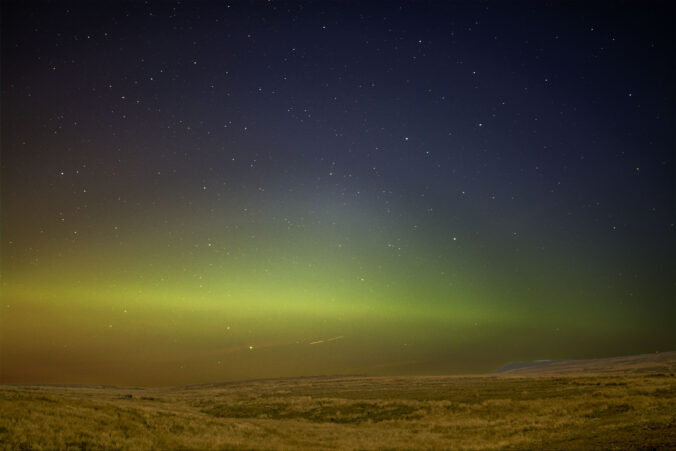On January 20th 2016, the Northern Lights could be seen from the North West. The Earth flew in to a remnants of a CME previously in the week, causing minor geomagnetic activity in the upper atmosphere.
Conveniently, the skies were also clear – the perfect opportunity to capture the Aurora was approaching. I knew it was coming, as Lancaster University’s Aurora Watch wad detecting around 130 nT of geomagnetic activity (nT is nanoteslas, the unit of measure for some geomagnetic monitoring stations).

Using a 35mm, f/1.8 lens and a Nikon D7100, I headed out to Jubilee Tower, in Lancaster. As reported by Light Pollution Map, there was only a small amount of light pollution here.
The problem that I was going to incur was the moon. Wednesday was moving into the middle phases of the Lunar Cycle, meaning there was a near full moon. This would severely dimish the Aurora.
None the less, I attempted to take some shots. Firstly, a 30-second exposure with 100 ISO was too bright, due to the moon. Bringing the exposure down to 20 seconds solved this.

I took a total of 15 photos, of which I used four auto-aligned and auto-blended on Photoshop successfuly produced the end result.
I edited the levels on the end product. I also removed the grass from the blended image (as due to the alignment the grass became somewhat blury) and readded it from a clean image.
The full image can be downloaded here, along with the raw image here.
